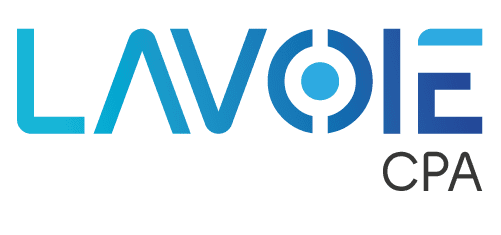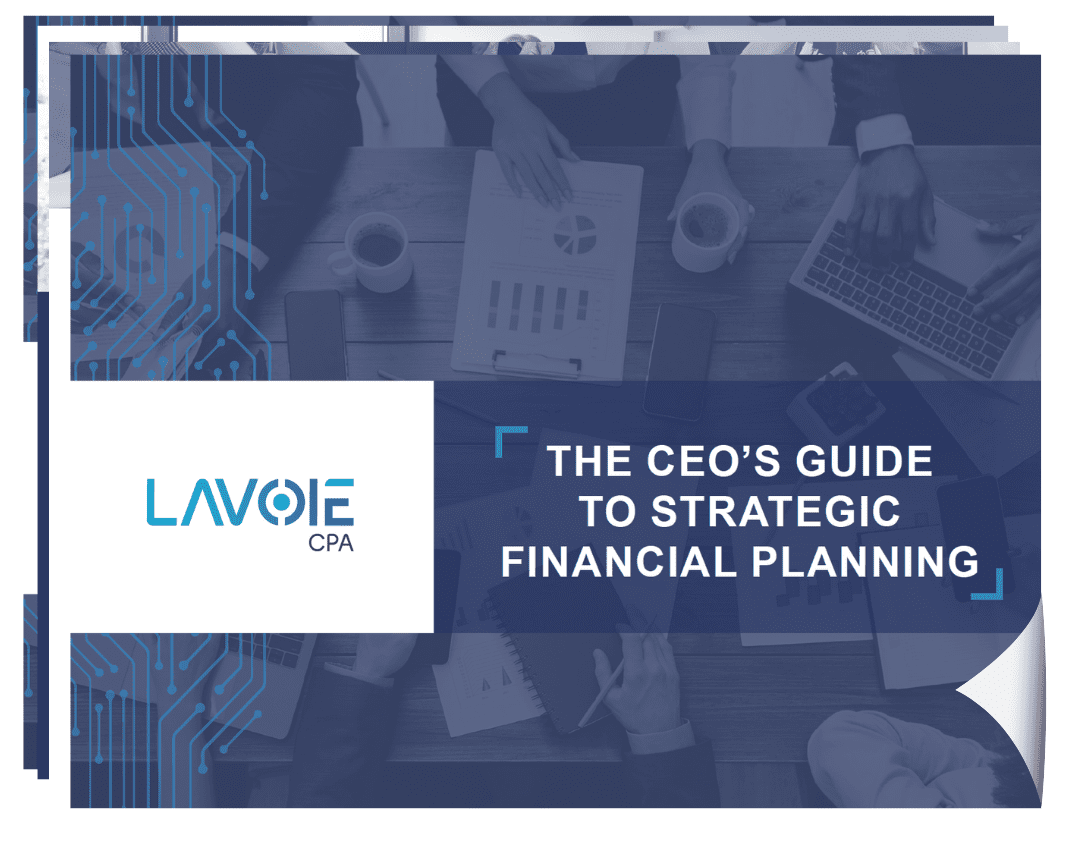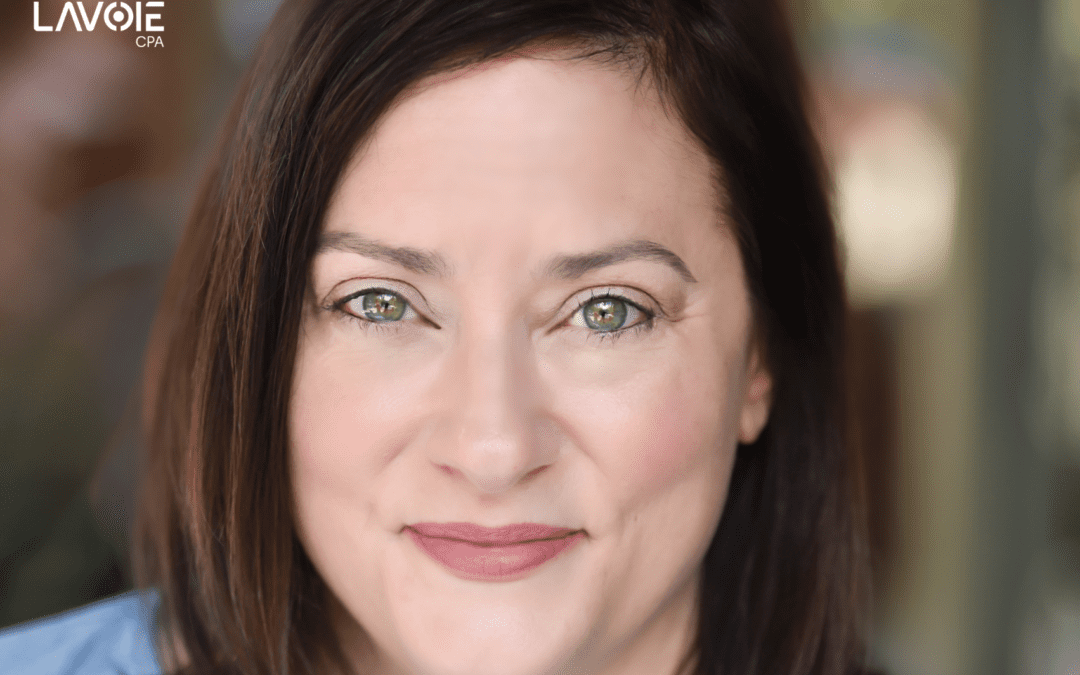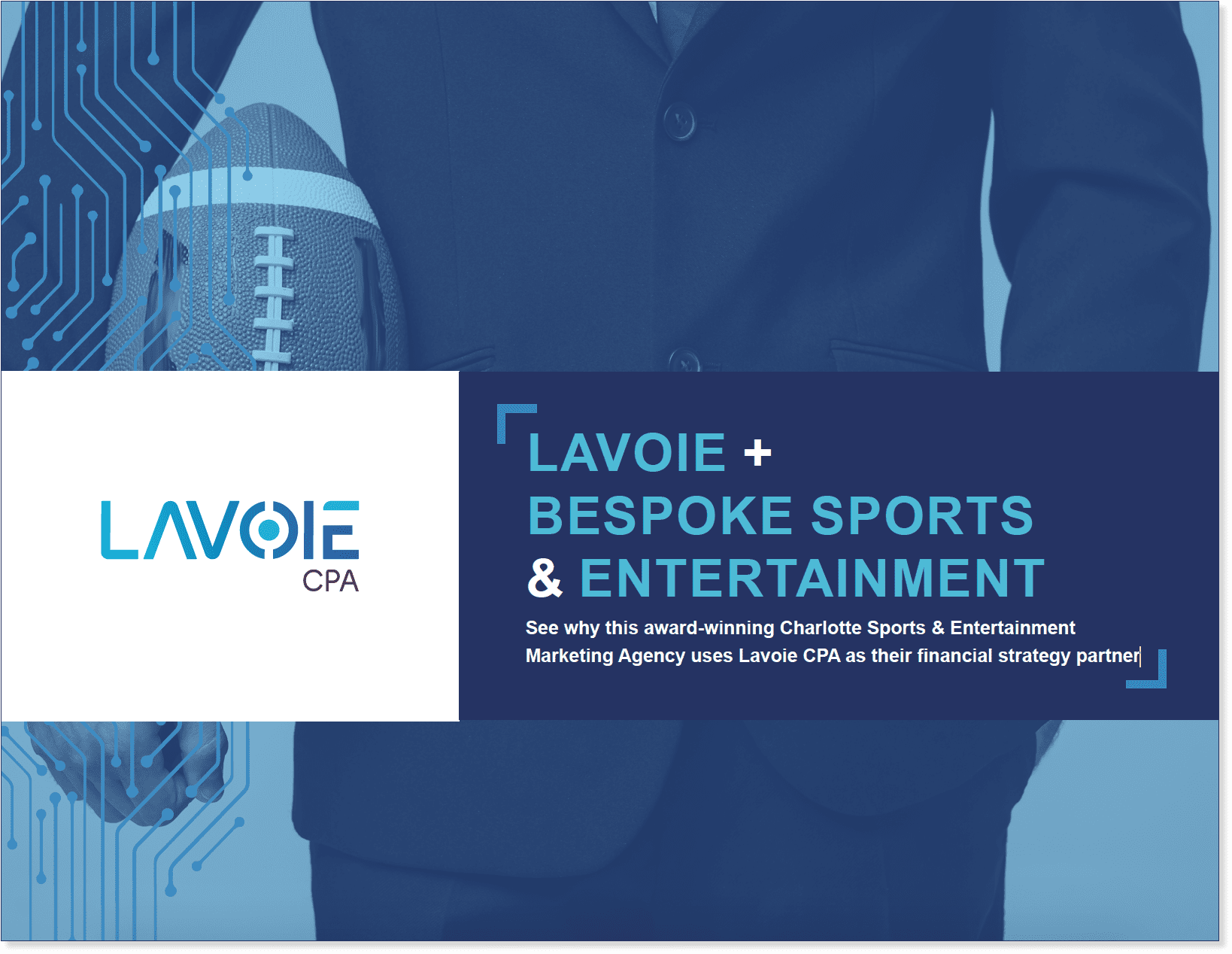
Webinar Recap: The Financial Model That Gets You Funded
You’ve been working on your pitch deck for weeks, refining your story and perfecting your slides. But there’s one piece that keeps giving you anxiety: your financial model. When investors ask to see your projections, do you feel confident in what you’re showing them? Or do you worry that your forecast model might actually hurt your chances of getting funded?
If you’re in the latter camp, you’re not alone. Most founders struggle with building financial models that actually support their fundraising efforts instead of undermining them.
That’s exactly why our VP and Partner, Matt DeWald, recently teamed up with Charlotte Ketelaar from Capwave for an in-depth webinar on “The Financial Model That Gets You Funded.” If you missed the live session, we’ve embedded the full recording below—plus we’re sharing the key insights that can transform how you approach financial modeling for your company.
Why Your Financial Model Can Make or Break Your Fundraising
Here’s what Matt emphasized during the webinar: “Your financial model usually comes in after your pitch deck, but you really need to know your numbers at the time that you’re pitching.”
The problem most founders face isn’t that they don’t have a financial model—it’s that their model doesn’t align with their pitch deck story. When there’s a disconnect between what you’re promising and what your numbers show, investors notice immediately.
As Matt explained, “As soon as an investor sees your financial model and it all makes sense and everything falls into place, that’s when they’re like, ‘Oh yeah, this founder knows exactly what they’re talking about.'”
The reality is simple: Many investors are finance people. They’ve seen hundreds of pitch decks and thousands of financial models. They know what realistic growth looks like, and they can spot unrealistic projections from a mile away.
The Framework That Actually Works: Matt’s Live Demo
During the webinar, Matt didn’t just talk theory—he showed exactly how to build a defensible financial model using a real pre-seed company example. Here’s what made that model work:
Show Your Work
“I think some of the worst case scenarios that I’ve seen are people who just put in revenue numbers without really understanding the drivers of that revenue,” Matt explained during the demo.
The solution? Make your assumptions visible and easily calculable.
In the live example:
- $25 per user subscription fee (clearly visible input)
- Specific trigger dates for when new features would launch
- Growth rates that decreased over time as market penetration increased
- All inputs color-coded so investors could easily identify and modify assumptions
When an investor wants to test what happens if your customer acquisition cost changes from $25 to $35, they should be able to make that change in one cell and see the impact throughout your entire model.
Focus on Real Business Drivers
The demo company built their model around specific, measurable drivers:
- Number of advisors using their platform
- Average transaction volume per advisor ($3,000 monthly)
- Commission rates tied to specific revenue streams
- Technology development milestones that unlocked new revenue
This wasn’t guesswork—each assumption had a logical basis that the founding team could defend to investors.
Plan Your Team Like You Mean It
One of the most valuable parts of Matt’s presentation focused on hiring plans. As he noted, “I’ve seen VCs really hone in on and really drill in on management and ask the question, who’s going to be your first 10 hires?”
The demo model included:
- Specific roles and start dates for each hire
- Salary levels and department allocations
- Payroll-related costs (that 15% for benefits and taxes most people forget)
- Commission structures for sales team members
The model even projected headcount by department and month—exactly what investors want to see when evaluating your use of funds.
Don’t Forget About Cash Flow
Here’s where many founders stumble. They build beautiful income statements but forget that cash flow is what actually matters for survival.
Matt’s model showed monthly cash flow projections, clearly identifying when the company would hit low cash points and need additional funding. “You want to make sure that you’re reconciling your forecast model into cash,” he emphasized.
The Technology Foundation: Start the Way You Want to Finish
One of the most practical insights from the webinar wasn’t about modeling—it was about the systems that support your model. Matt shared Lavoie’s philosophy: “Start the way you want to finish.”
The Problem with Basic Systems: Most startups begin with QuickBooks because it’s familiar and inexpensive. But as Matt revealed, “9 out of 10, maybe even 19 out of 20” of Lavoie’s new clients need immediate migration to more sophisticated systems.
The Better Approach: “Don’t wait for the wheels to fall off your accounting systems before you turn around and say, ‘Oh, I should have done this a while ago,'” Matt warned.
Almost all seed and pre-seed companies that work with Lavoie get migrated to Sage Intacct because it:
- Handles the volume and complexity of scaling companies
- Integrates KPIs directly into the accounting system
- Provides real-time dashboards for investor reporting
- Aligns with the detailed forecasting models that actually work
Real-World Application: What the Demo Revealed
During the live demonstration, Matt showed a complete financial model for a pre-seed software company. What made this model compelling wasn’t complexity—it was clarity and logic.
Revenue Model Highlights:
- Three distinct revenue streams launching at different times
- Clear trigger dates tied to technology development milestones
- Simple calculations that investors could easily understand and modify
Expense Planning That Makes Sense:
- Detailed hiring plan broken down by department (General & Administrative, Technology, Sales & Marketing)
- Specific start dates and salary levels for each role
- Automated commission calculations tied to revenue performance
Cash Flow Reality:
- Monthly projections showing exactly when funding would be needed
- Working capital considerations for accounts receivable timing
- Clear runway calculations based on actual burn rates
As Matt noted, “You want to keep this maintained as time goes on,” which is why the model was built to easily incorporate actual results alongside forecasts.
The Trust Factor: What We’re Really Selling
One of the most honest moments in the webinar came when Matt talked about Lavoie’s approach: “What we are selling at the end of the day is trust.”
That trust comes from understanding both the startup journey and investor expectations. Lavoie regularly helps companies scale from pre-revenue to over $3,000,000 in monthly revenue while maintaining streamlined financial processes.
Lavoie’s Partnership Approach:
- Lavoie becomes part of the team, not just a service provider
- Focus on building financial infrastructure that scales with growth
- Support throughout the entire fundraising and scaling journey
Key Takeaways for Building Your Financial Model
Whether you’re preparing for pre-seed or Series B, here are the critical principles Matt shared:
- Make assumptions visible and testable – Color-code inputs so investors can easily modify and understand them
- Link drivers to financial outcomes – Show exactly how your key metrics (conversion rates, CAC, churn) impact revenue and costs
- Plan expenses strategically – Your hiring plan should be more than “we’ll hire 10 people next year”
- Reconcile everything to cash – Income statements don’t keep you alive; cash flow does
- Keep it simple and defendable – Complexity doesn’t impress investors; clarity does
What Happens Next
The webinar made one thing clear: the founders who get funded are the ones who can clearly articulate how their ideas translate into sustainable, profitable businesses.
If you watched the webinar and realized your financial model needs work:
Start with an honest assessment – Can an investor easily understand your key assumptions and test different scenarios?
Focus on your real drivers – What specific metrics actually drive your revenue and costs?
Plan your systems – Are you building financial infrastructure that can scale with your ambitions?
Ready to build a financial model that actually gets you funded?
Matt emphasized during the webinar that building an effective model starts with understanding your business deeply. As he noted, “I probably spend two hours understanding the business, talking to them, understanding how it works, to one hour building the actual model.”
Start the Conversation to discuss your financial modeling needs and learn how Lavoie can support your fundraising journey. Whether you’re building your first model or preparing for Series B, we’ll help you create financial projections that tell your story convincingly.
Connect with Matt DeWald on LinkedIn for ongoing insights about financial management and fundraising best practices.
The right financial model doesn’t just help you raise money—it helps you build a business that’s actually worth investing in.






